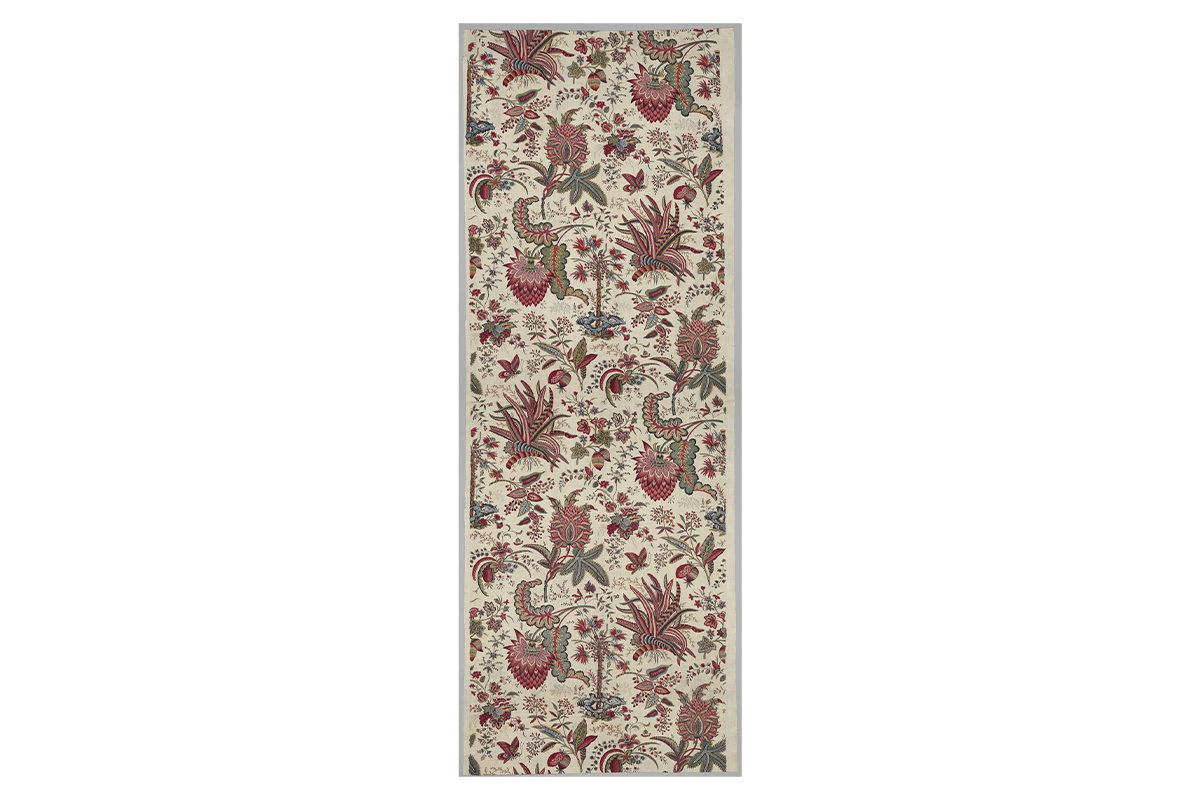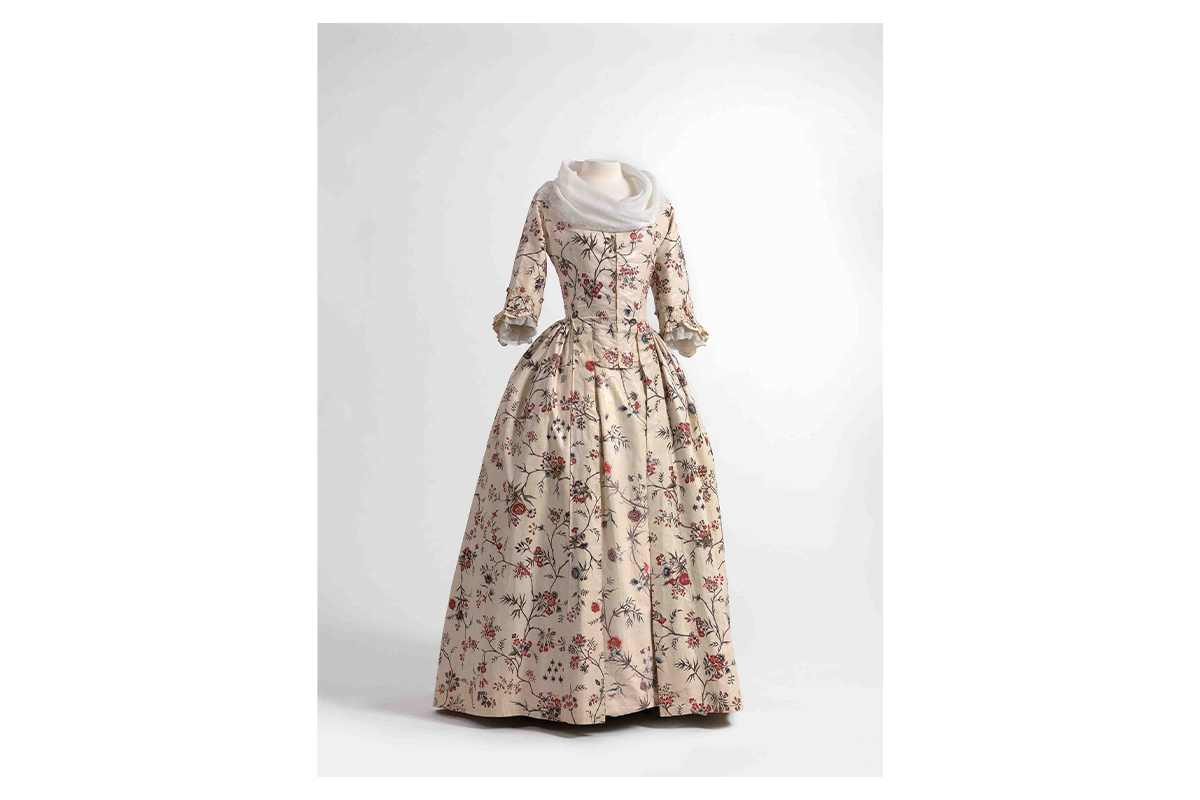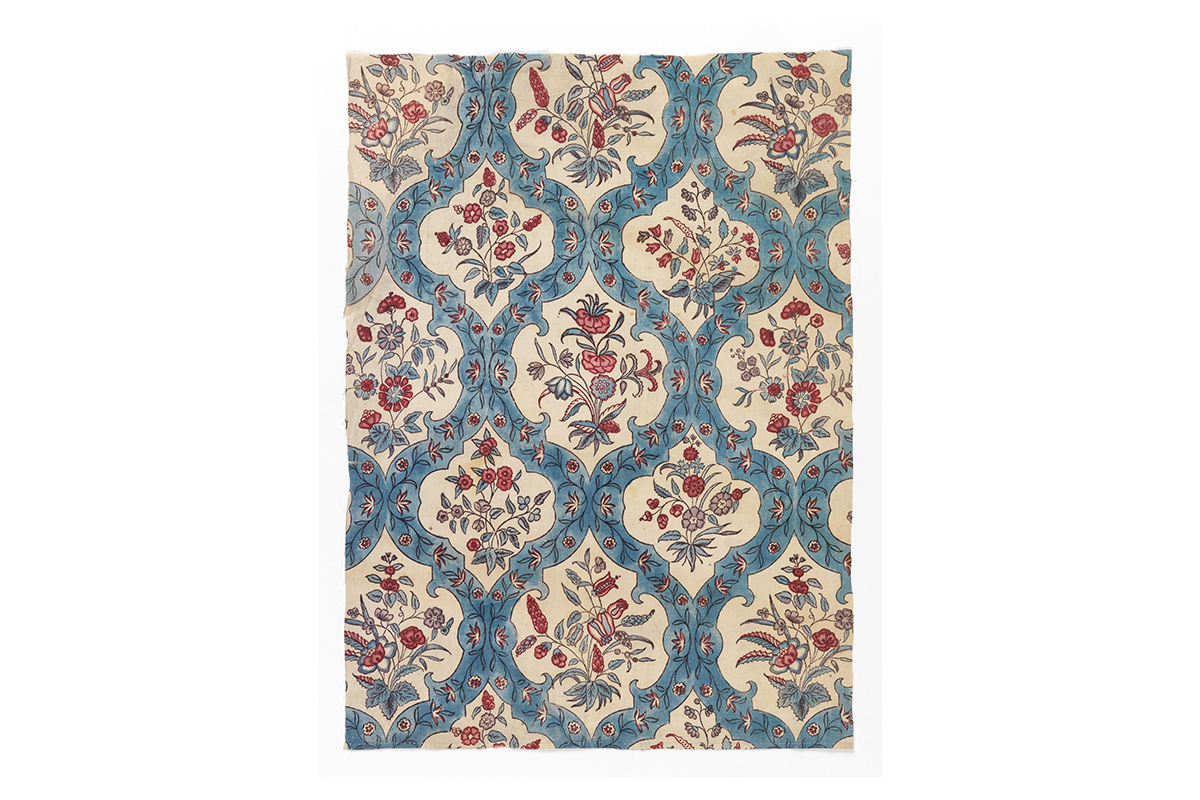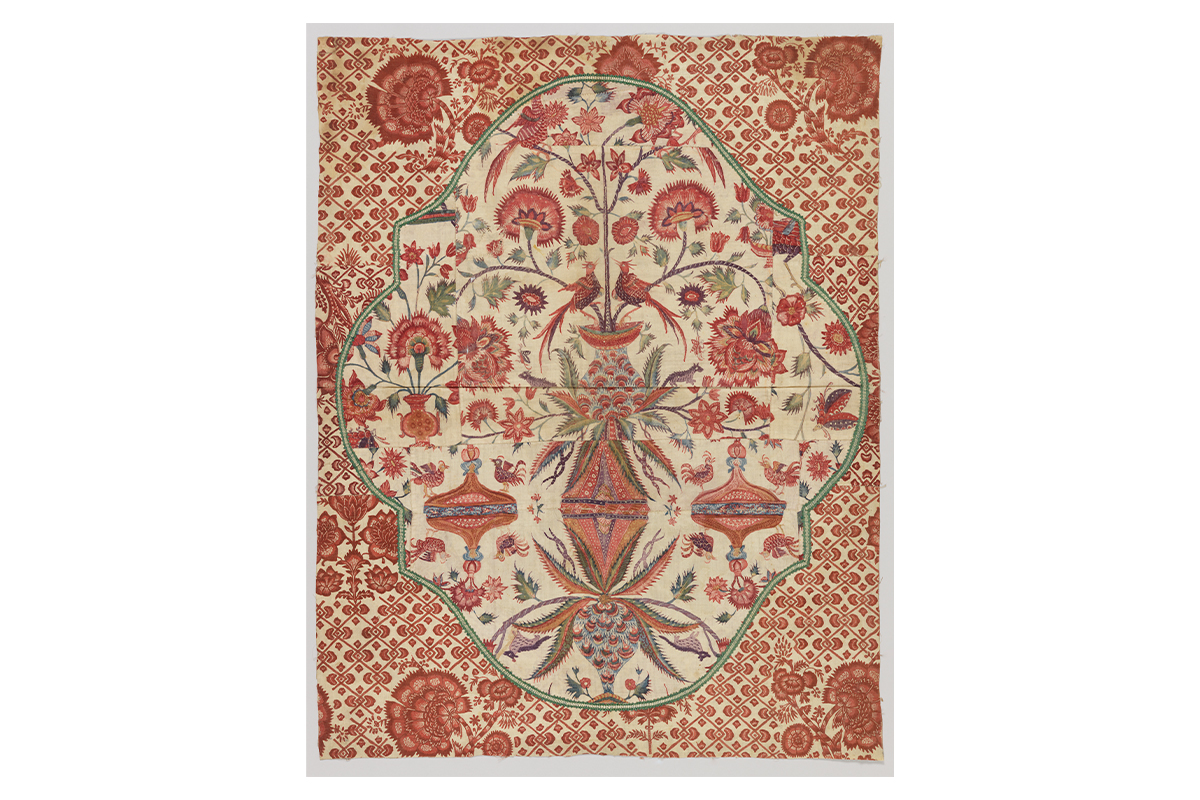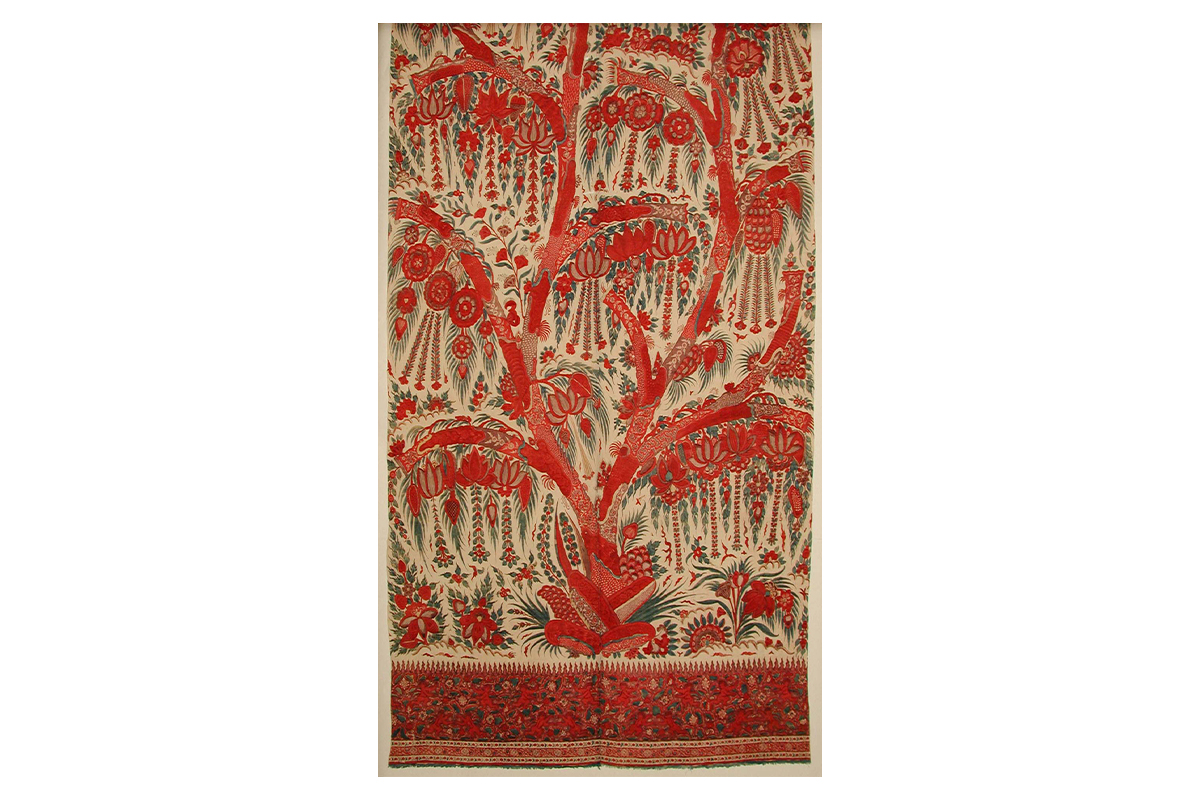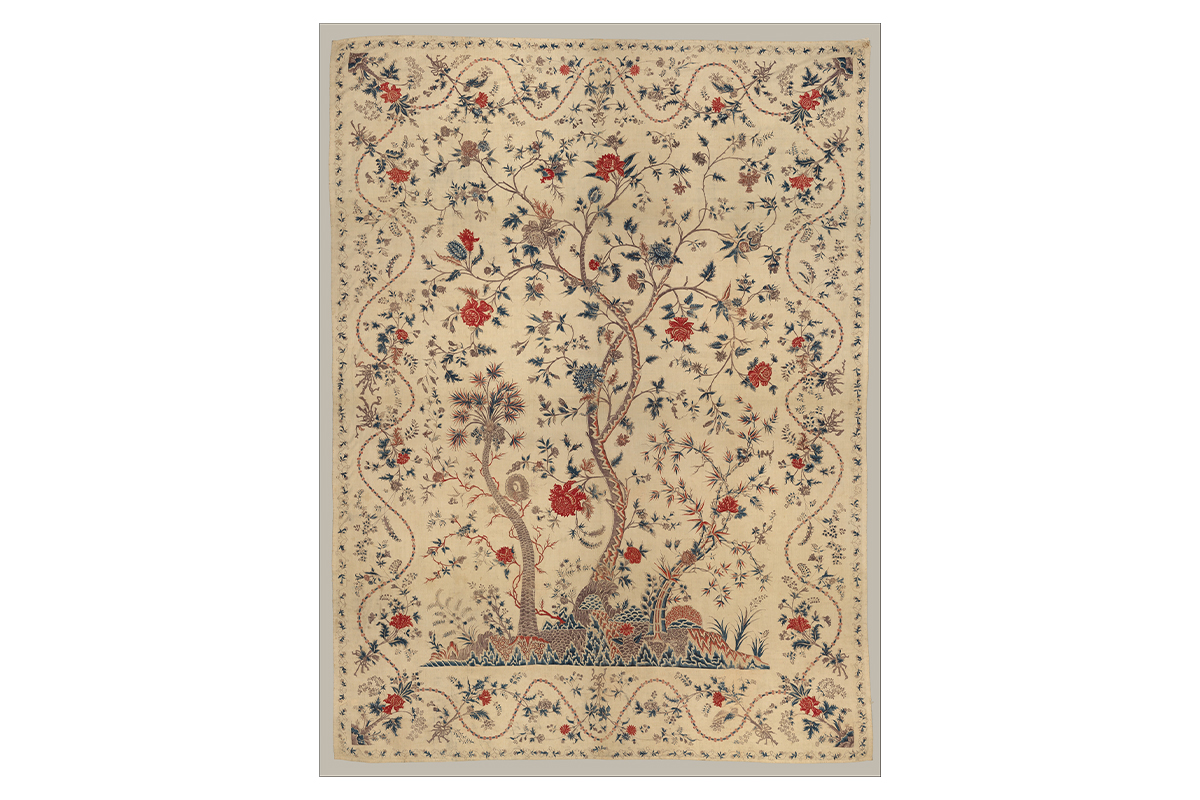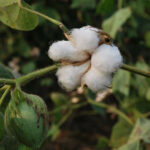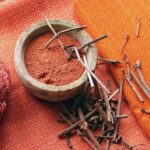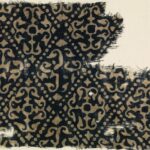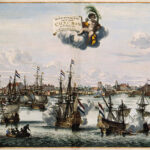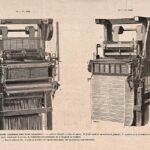The Calico Acts
1720–1721
The Second Calico Act is enforced in England by the British Parliament, two decades after the first one is imposed. Stricter than the first act, it prohibits not only the import of Indian dyed and printed cottons (with exceptions) but also their usage as furnishing items and garment fabrics. A ban on Indian painted and printed cloth had already been in place in France since 1689, and would remain in effect until 1759.
The bans were aimed at protecting the textile businesses in England, particularly that of wool, which was threatened by the durable Indian cotton goods with bright, wash-resistant colours that were flooding the market. However, they were not always effective — loopholes were exploited by contraband networks that fulfilled the continued demand for chintz. In England, the Second Calico Act would be repealed in 1774, as technological advances in textile printing and manufacturing in the country would make the need for imported cloth redundant.
Bibliography
Alavi, Hamza. Capitalism and Colonial Production. Dundee: Croom Helm, 1984.
Clingingsmith, David, and Jeffrey G. Williamson. “India’s De-Industrialization under British Rule: New Ideas, New Evidence.” NBER Working Paper Series. Cambridge, MA: National Bureau of Economic Research, 2004.
Roy, Tirthankar, and Giorgio Riello. How India Clothed the World: The World of South Asian Textiles, 1500–1850. Leiden: Brill, 2009.
Feedback 
This entry appears in
Art in South Asia
Visit Timeline
Associated Timeline Events
First Published: March 11, 2024
Last Updated: July 2, 2024



